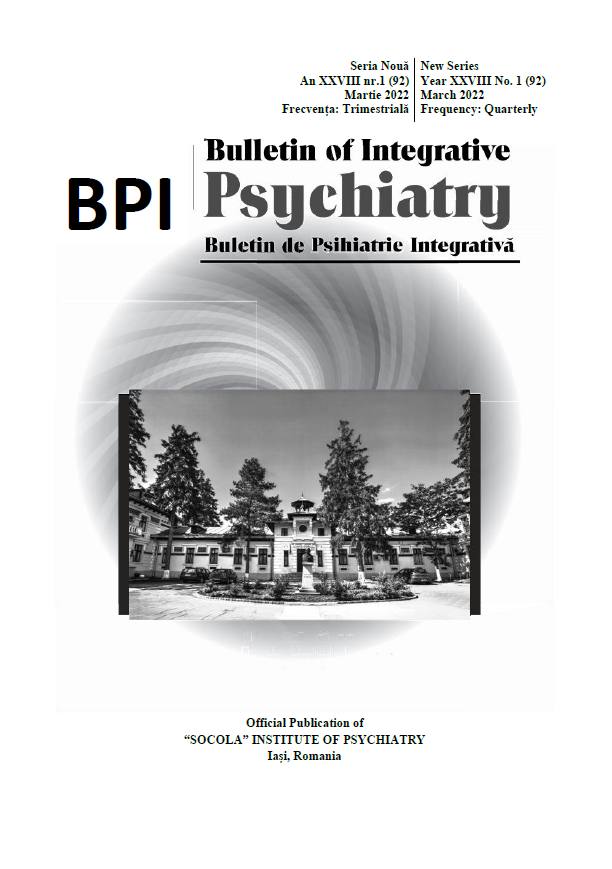Mucosal involvement in dermatology and quality of life
Mucosal involvement in dermatology and quality of life
Author(s): Diana Elena Stanciu, Adina-Cristina Agheorghiesei, Ioana-Roxana Custură, Alina-Andreea Peslari, Dan Vâță, Alina Stîncanu, Laura Stătescu, Adriana-Ionela Pătraşcu, Laura Gheucă SolovăstruSubject(s): Library and Information Science, Health and medicine and law, Family and social welfare
Published by: Editura Sedcom Libris Iasi
Keywords: Quality of life; dermatoses; questionnaire; doctor-patient communication;
Summary/Abstract: Quality of life is a multifactorial concept, shaped by the health of an individual and by non-medical variables such as personality, ambition, socioeconomic status, marital status, religious beliefs. Understanding this concept is essential in order to improve patient care. Numerous quality of life assessment tools have been developed, some generic and some specific. DLQI (Dermatology Life Quality Index) is the most common tool of its kind in dermatology and it’s easy to implement. We performed a study including 147 patients diagnosed with various skin disorders accompanied by mucosal involvement, admitted in „St. Spiridon” Emergency Clinical Hospital’s Dermatovenereology Clinic during 01.01.2019-31.12.2020, aiming to measure the quality of life by applying the DLQI questionnaire and calculating its score (initial DLQI and DLQI in follow-up). As a result, the DLQI score showed a statistically significant improvement in follow-up (p <0.001). The proportion of patients with low scores (DLQI <10) increased from 31.3% to 51.7% and those with scores >20 (severe impairment of quality of life) decreased from 27.2% to 15%, with an ascending trend in male gender. Of these patients, 69.4% were diagnosed in the Dermatology Clinic. Regarding the diseases that influenced the evolution of the DLQI score, pemphigus (p=0.005), psoriasis (p=0.010) and syphilis (p=0.042) generated statistically significant improvements. The development of tools for quantifying and assessing the quality of life facilitates the identification of the level of physical and mental impairment of patients, allowing the establishment of a personalized therapy and facilitating the doctor-patient communication.
Journal: Buletin de Psihiatrie Integrativa
- Issue Year: 92/2022
- Issue No: 1
- Page Range: 31-39
- Page Count: 9
- Language: English

